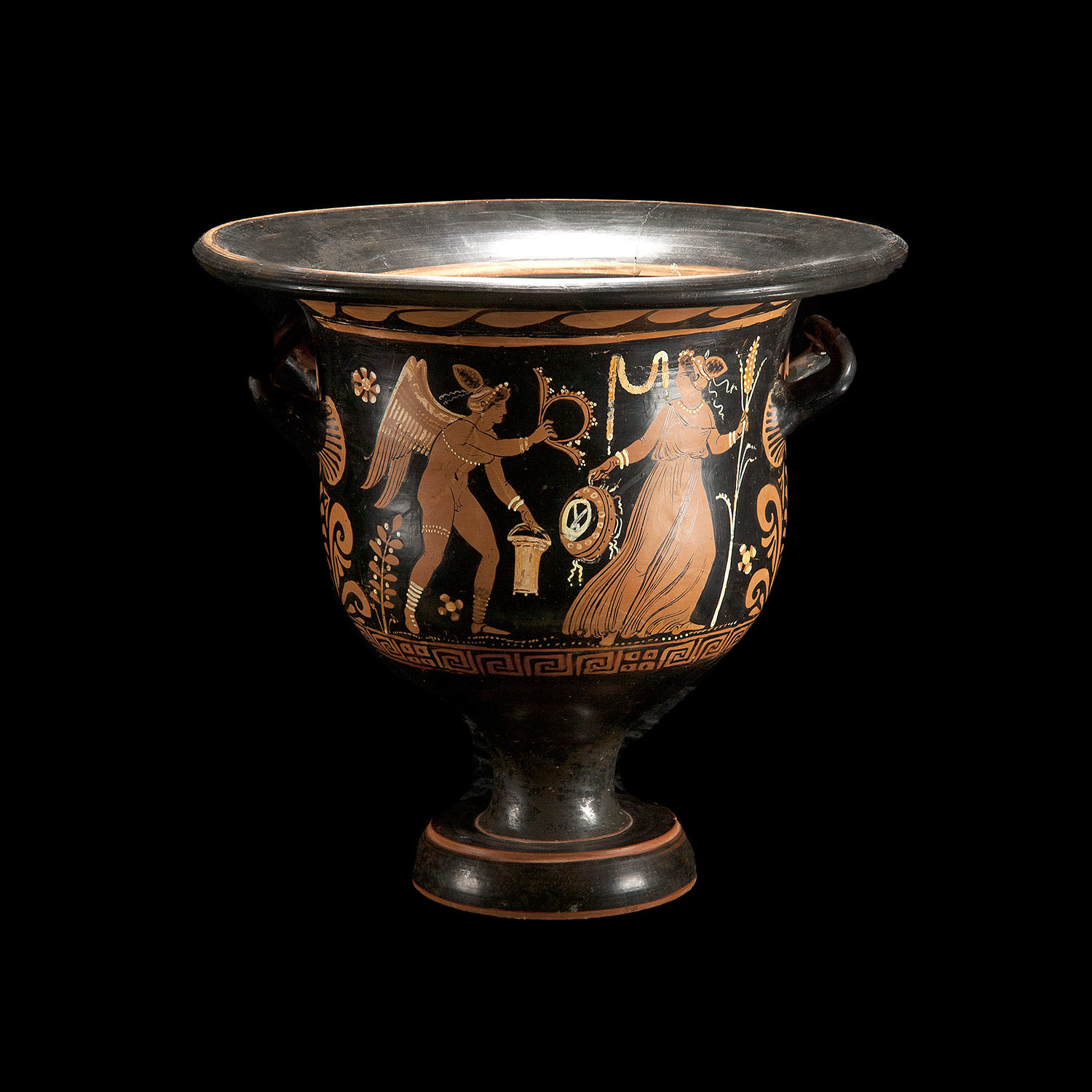tim-from-pa
Member
- Aug 4, 2005
- 4,716
- 435
We see solar panels popping up all over on rooftops left and right these days. I don't have panels yet (but I do have oversized passive solar gain windows for heat), however I may in the future want some to give a little extra energy during those daylight hours or power outages. I think one day we'll all go solar and become self-sustaining.
The main components in a solar array are:
1. The solar panels
2. Charge controller
3. Battery bank and
4. an inverter
1. The solar panels are basically banks of photo diodes. A photo diode converts light into electricity -- it is a semi-conductor. Thus the power it puts out while there's light shining on them is direct current like you have coming out of a battery.
3. (I'll get to #2 in a moment). The battery banks are batteries that store a lot of "ampere-hours" and are deep discharge types that can last awhile. The goal is to have the solar panels constantly charging the batteries, so the electricity comes from the panels, but the batteries store the charge during off-hours to have power long after the sun sets.
2. The charge controller I jokingly call "a big diode" because when the sun goes down and the panels no longer produce electricity, the batteries can discharge back into the solar panels since it is forward-biased for those of you technical enough to know what I am saying. A diode lets current flow in one direction but not another. But.... charge controllers can do other things such as showing status and keeping the batteries from being overcharged if the daylight is long and intense.
4. Lastly, the inverter changes the battery direct current to 110 volt- 220volt alternating current, the type of current your house uses now. I won't go into the technical details why alternating current is better than direct current for power loads, but the main point is to make the battery power usable.
With all that said, here's a picture link showing these components.
http://www.hightechscience.org/Solar_System_Set-up_1a.gif
The main components in a solar array are:
1. The solar panels
2. Charge controller
3. Battery bank and
4. an inverter
1. The solar panels are basically banks of photo diodes. A photo diode converts light into electricity -- it is a semi-conductor. Thus the power it puts out while there's light shining on them is direct current like you have coming out of a battery.
3. (I'll get to #2 in a moment). The battery banks are batteries that store a lot of "ampere-hours" and are deep discharge types that can last awhile. The goal is to have the solar panels constantly charging the batteries, so the electricity comes from the panels, but the batteries store the charge during off-hours to have power long after the sun sets.
2. The charge controller I jokingly call "a big diode" because when the sun goes down and the panels no longer produce electricity, the batteries can discharge back into the solar panels since it is forward-biased for those of you technical enough to know what I am saying. A diode lets current flow in one direction but not another. But.... charge controllers can do other things such as showing status and keeping the batteries from being overcharged if the daylight is long and intense.
4. Lastly, the inverter changes the battery direct current to 110 volt- 220volt alternating current, the type of current your house uses now. I won't go into the technical details why alternating current is better than direct current for power loads, but the main point is to make the battery power usable.
With all that said, here's a picture link showing these components.
http://www.hightechscience.org/Solar_System_Set-up_1a.gif









